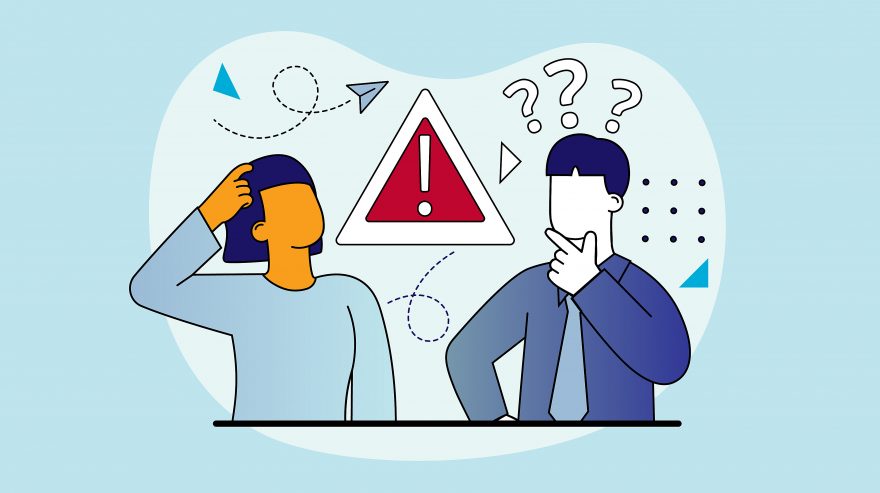Roughly 4 in 10 Teachers Received Training for Zoom, Teams, Other Tech Over Past Year

Roughly 4 in 10 teachers say they’ve received training over the past year on how to use communication platforms like Zoom, Teams, and Skype, according to a global survey, which also finds that classroom educators received less professional support in math than in other subjects.
While the most common method for teacher professional development during the pandemic was videoconferencing tools, over the past year, 32 percent of responding educators also underwent PD for “video resources,” and 24 percent engaged in training for virtual learning environments, including virtual learning management systems like Canvas, Blackboard, and D2L.
The survey was released in a report by T4, a London-based global digital media organization that does K-12 research.
The term “video resources” refers to recording videos and sharing them with students or vice-versa; for example, using various recording tools like Flipgrid, T4 founder and report co-author Vikas Pota told EdWeek Market Brief.
“Our understanding is that teachers have upskilled and learnt how to teach digitally,” he said. “This is undoubtedly a benefit, as not only will they be able to use this in case of a need for distance learning, but also how digital tools can enhance learning day to day.”
Among educators, math teachers engaged in videoconference training at a lower rate than teachers of science; language studies; and, reading, writing, and literacy.
Forty-four percent of math educators reported to have engaged in videoconference training, compared with 49 percent of teachers of each of the abovementioned subjects.
Furthermore, just 44 percent of responding math teachers said they had done training for pedagogies for online learning, a lower rate than the 48 percent of science teachers and 49 percent of language arts teachers who had engaged in this form of training.
The low training rates for math teachers could indicate that math companies need to sharpen their focus on professional development for these products, because a vast well of math ed-tech resources exist even amid middling uptake of training by educators, according to T4.
The survey focused on teachers’ responses to COVID-19 and their use of technology during the pandemic.
More than 20,000 educators from 165 countries, including over 1,700 math teachers, participated in the study, which spanned topics from professional development to schools’ technology priorities to teachers’ access to technology.
Flagging Engagement Among Math Teachers
Additional data compiled by T4 show that math teachers were less likely than their peers to share lessons and tasks with students via email, make audio recordings to share with learners, make instructional videos, use a school learning platform to share lessons and tasks with students, and teach classes online.
For instance, just 24 percent of math teachers responding to T4’s survey reported that they share lessons and tasks with learners by email over the past year, compared with 30 percent of science teachers; 31 percent of language teachers; and, 33 percent of reading, writing, and literacy educators.
K-12 math companies should perceive the data on training of math educators in the report as indicative of a need for them to do a better job spreading the word about their products, Pota said.
But if math teachers undergo less training than other educators, it doesn’t necessarily suggest that companies are delivering poor support, T4 said. Rather, the low numbers likely have more to do with the nature of math and the instructors who teach it.
Another finding in the report is that teachers engaged in progressively more professional development as ages increased. For instance, 52 percent of educators with 30 or more years of experience underwent more than 10 whole days of PD, while just 31 percent of teachers with less than two years of experience engaged in more than 10 whole days of training.
Image by Rudzhan Nagiev iStock/Getty Images Plus
See also:
